Researchers Discover Ancient Black Hole That Could Destroy Galaxies, And It’s Pointed At Earth
When gazing up at the impossibly large depths of space, it's only natural to wonder what's up there. Many people turn to thoughts of aliens, believing there's life beyond our planet that aims to visit us one day. Others turn to distant galaxies, wondering what sort of planets, suns, and moons orbit within them.
There are even more things to consider, things farther than our neighboring galaxies, things that seem too large to be real or too scary for comfort, like the supermassive black hole that was recently discovered far beyond the reaches of Earth.
In A Galaxy Far, Far Away
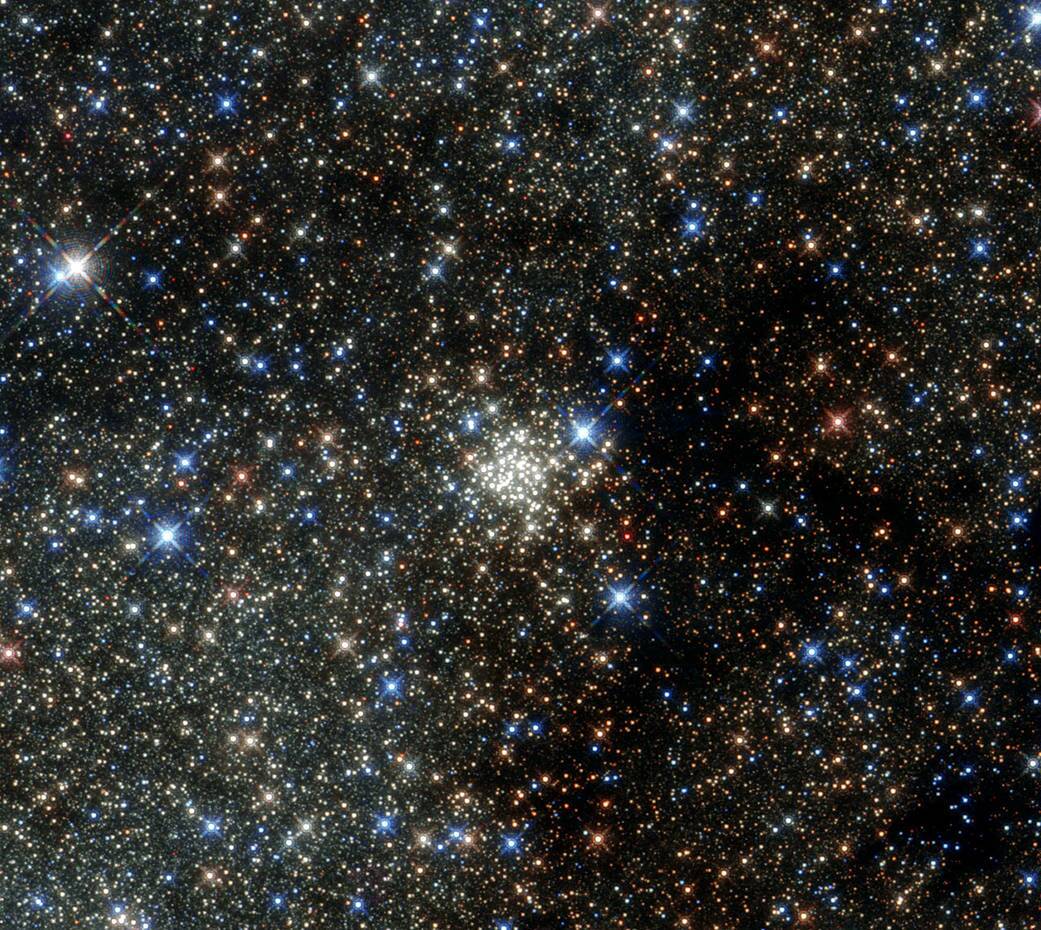
Scientists have recently made a shocking, eerie discovery within the depths of our universe. The most ancient and most distant 'blazar,' or a galaxy that contains a supermassive black hole in it, has been located at the very edges of known space.
It's 13 billion light years away, but is making a lot of commotion. Researchers said this balzar was incredibly 'radio-loud,' which means it was extremely bright despite its incredibly far distance.
The light it emits, and thus the direction of the black hole itself, is also pointed directly at Earth.
In Its Prime
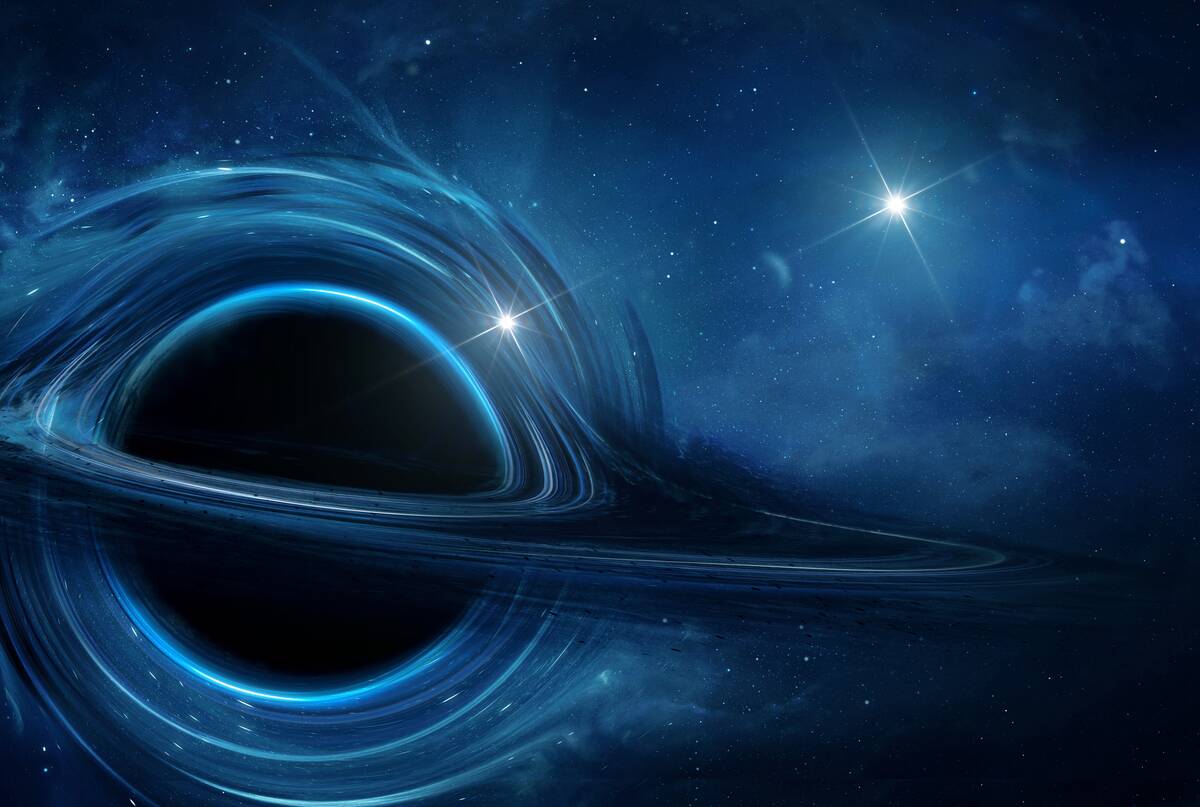
This balzar, named PSO J030947.49+271757.3 (or just PSO J0309+27 for short), was announced in the journal Astronomy & Astrophysics. The discovery was made by University of Insubria graduate Silvia Belladitta and her team, who published their incredible findings.
They explained the unique features of this balzar and the black hole within it, including its age, as it's over 900 million years old (which is still under one tenth of the age of our known universe since the big bang, which is 13.8 billion years old).
A Powerful Blast
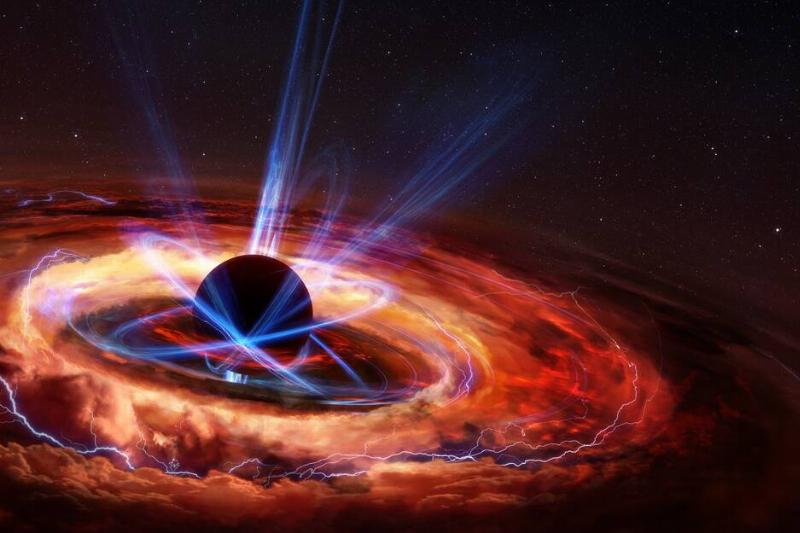
The black hole within balzars feed on large volumes of gas, dust, and stars, in turn making the black hole extremely hot. This heat creates sparks of energy and radiation, direct, explosive beams of energy that are strong enough to burn holes right through entire galaxies.
Another feature that makes balzars special in comparison to other black hole formations is that they're pointed right at Earth. If one of those beams went off with enough force, it could fry not only our planet, but a good chunk of the Milky Way.
It's Not Alone
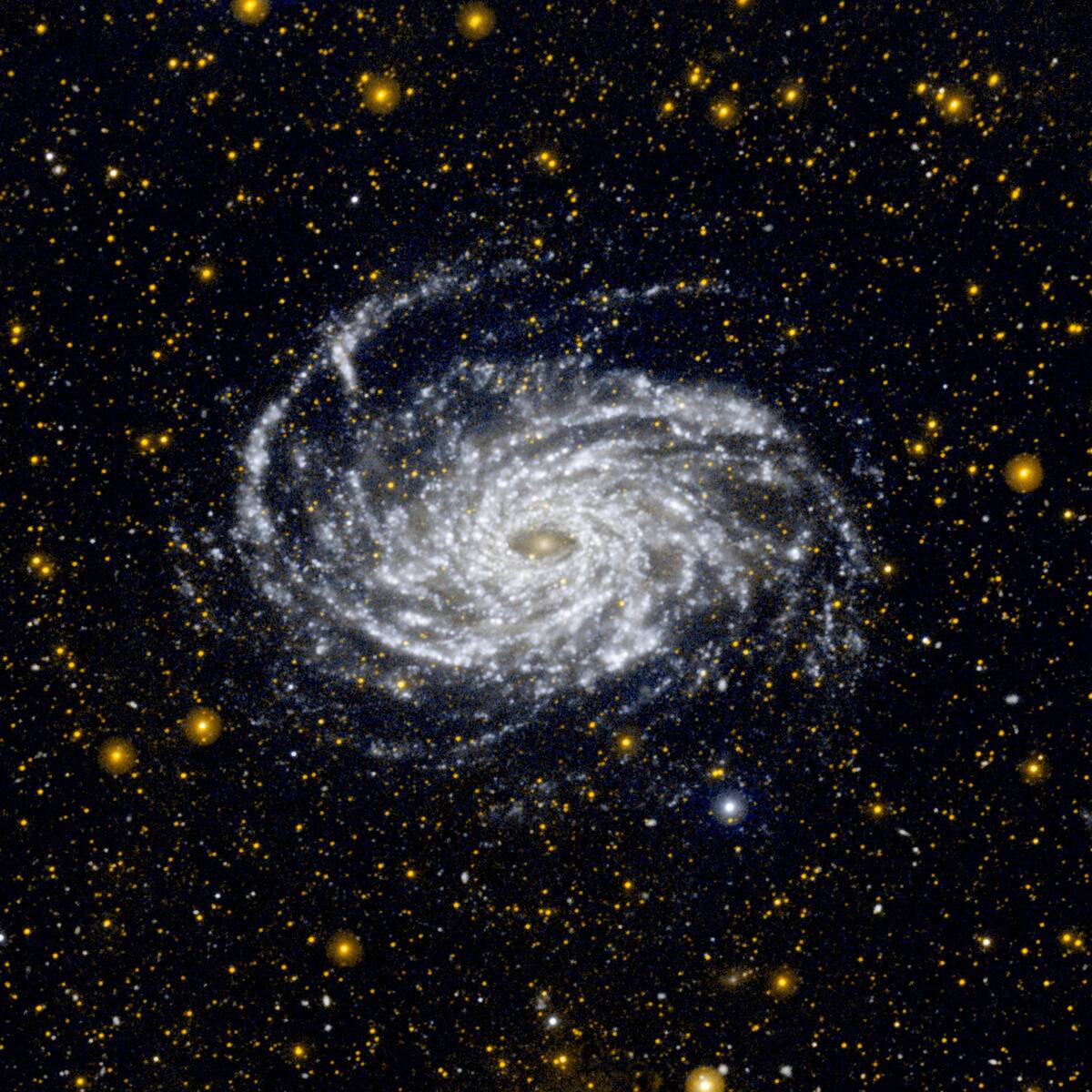
However, Belladitta's team doesn't seem too concerned about that. They're actually elated by this discovery, as PSO J0309+27's unique properties are helping them quantify the strength of other supermassive black holes.
Though it being pointed toward Earth is scary, that's how we were able to see it at all. The team estimates there are at least 100 similarly powerful black hole events out there, we just can't see them as they're pointed in other directions.
Piece By Piece
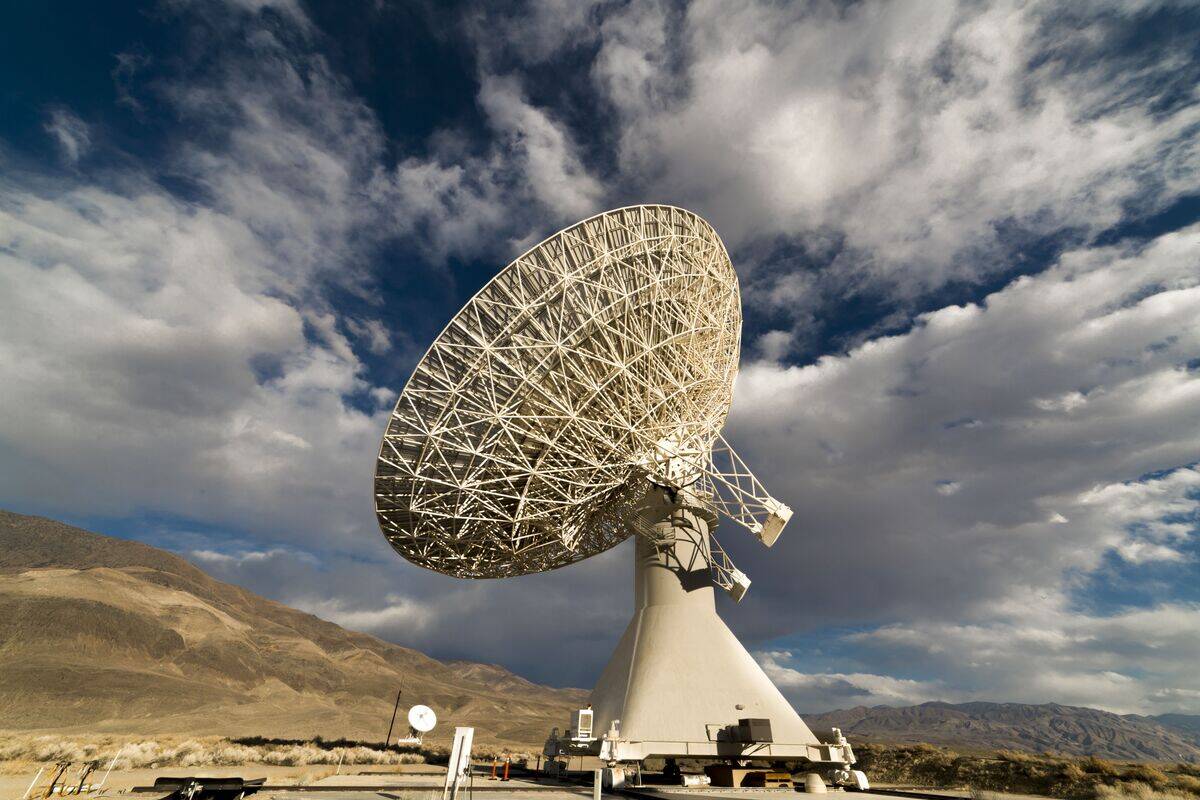
It took four different observatories' data to confirm PSO J0309+27's existence. It began with bright radio sources captured by the NRAO's Very Large Array (VLA) in New Mexico, then more radio captures by the Panoramic Survey Telescope and Rapid Response System in Hawaii (Pan-STARRS), and a look through the Wide-field Infrared Survey Explorer (WISE) telescope.
Lastly, they confirmed measurements using the Large Binocular Telescope (LBT) that confirmed it as both the oldest and farthest balzar that's ever been observed.
Larger Than Life
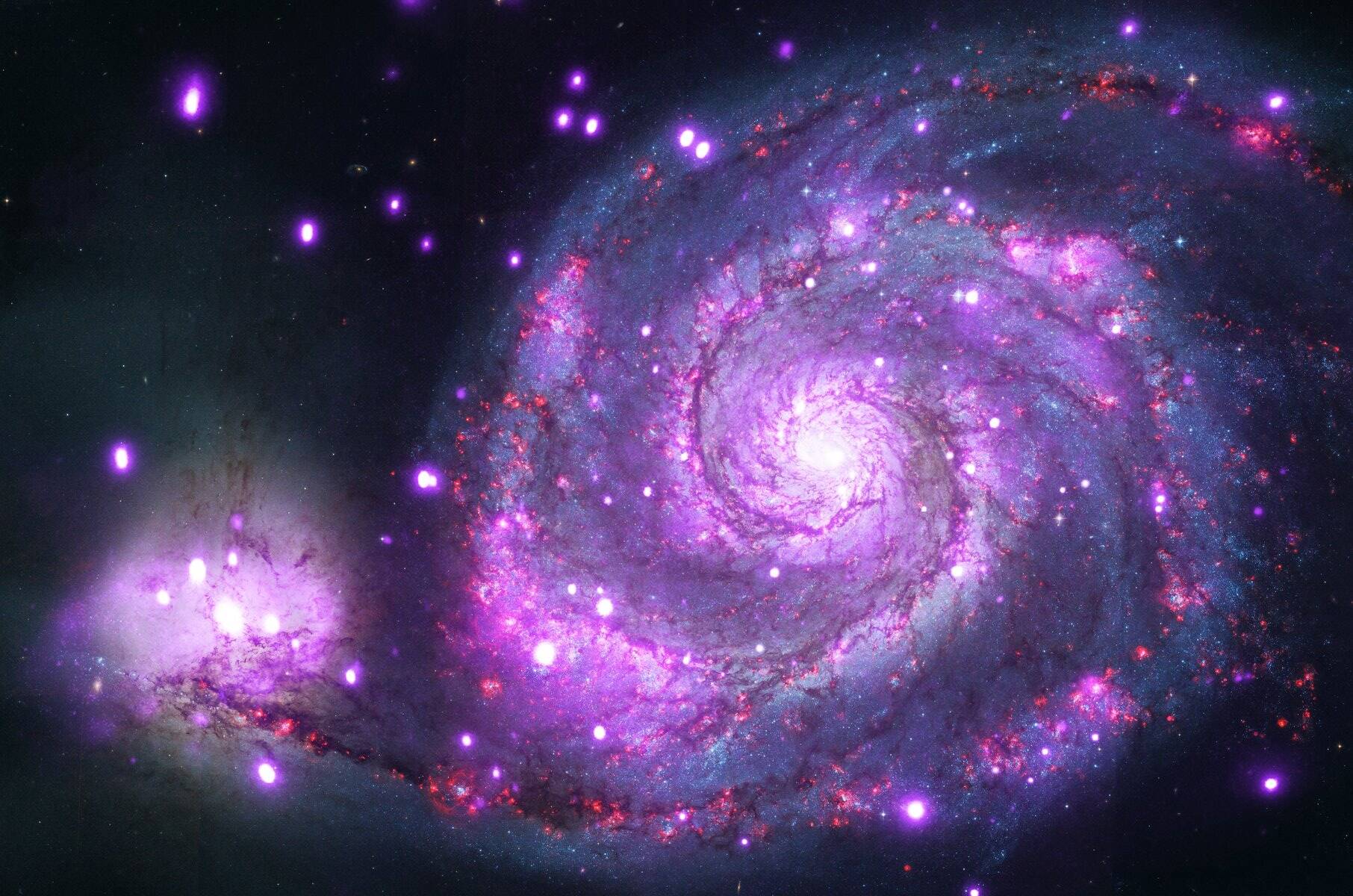
These observations and measurements confirmed another frightening fact: PSO J0309+27 is approximately one billion times larger than the Sun.
As another comparison, the Milky Way contains a black hole in its center, but that black hole is only 4 million times larger than the Sun. It dwarfs in comparison to PSO J0309+27.
It's most likely way too far away for that ever to be of real concern to us, but the mere thought of its size is still unnerving to many of us human beings.
Opens The Doors
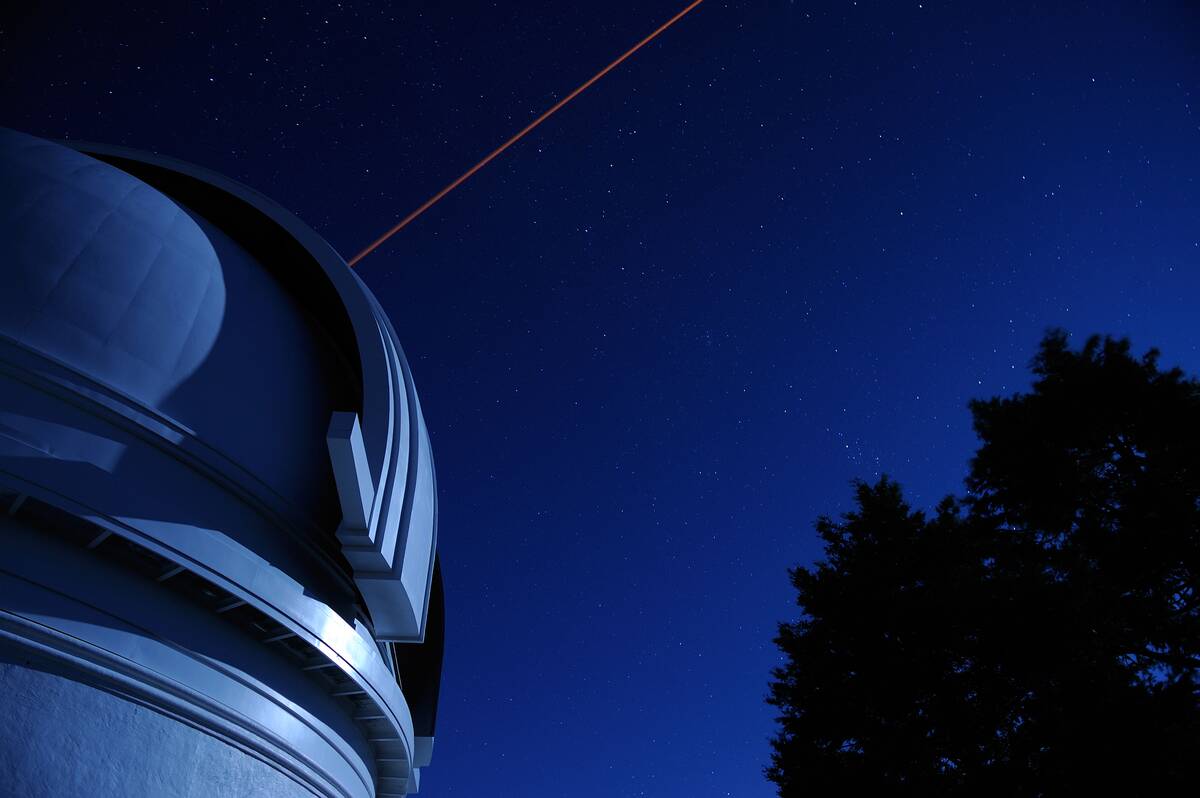
PSO J0309+27's discovery is a huge milestone when it comes researching the origins of supermassive black holes and other AGNs, or active galactic nuclei, galactic centers that are defined by their supermassive black holes.
"The very important discovery of PSO J0309+27 sets the basis for expanding our knowledge on this particular class of AGN, on the primordial Universe and on the very distant supermassive black holes," the team explained. "But only with new generation of telescopes, like the Vera Rubin Observatory or the Square Kilometer Array, we will be able to observe hundreds of blazars [...] and give more firm results.”
Seeing Is Believing
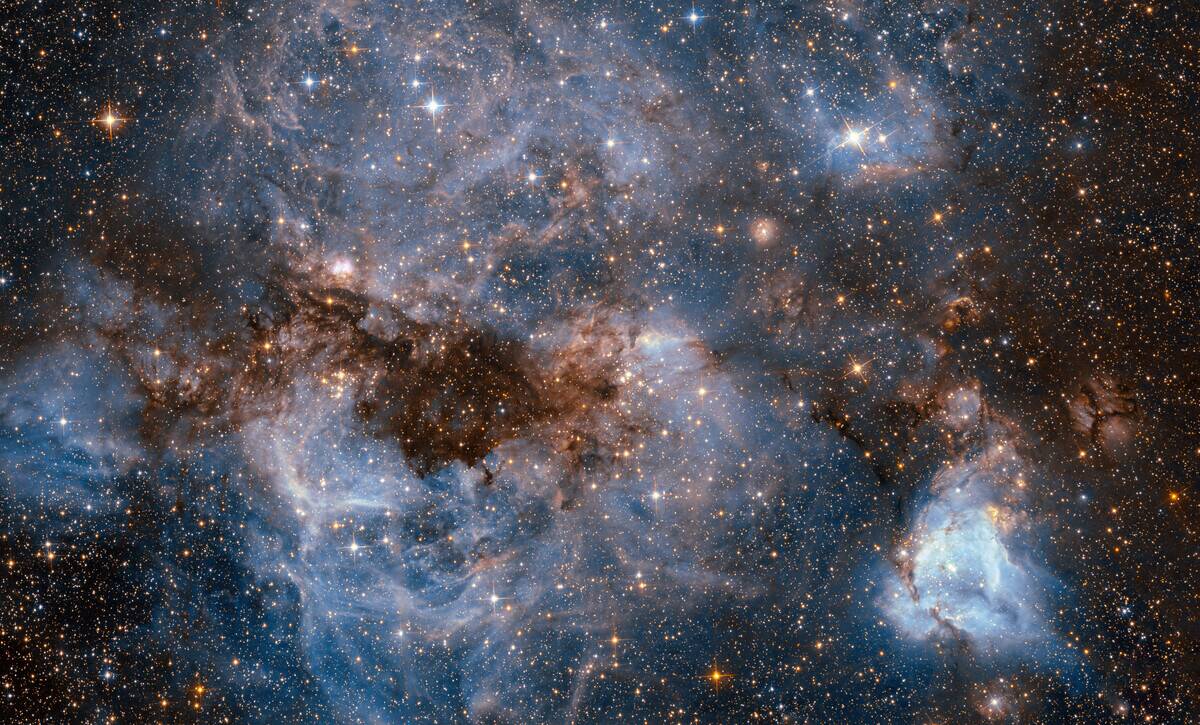
With the more powerful our cameras and telescopes become, the less of a mystery the universe is, as we're able to see, study, categorize, and catalogue more of what lies in the great beyond.
Every day, we uncover new, amazing things our world is able to do all on its own. The massive swaths of power that some celestial bodies have is definitely fear inducing, but we exist in harmony within it, something we ought to reflect in life on Earth instead of just beyond it.
The mysteries of our universe are ancient, but we have our own (relatively) ancient aspects of our own here on our home planet. These millenia-old art forms have been used to divine what we could see of space and what patterns were visible here in order to tell the future.
That's right, I'm talking about numerology. The knowledge contained within numerology can reveal secrets about your path, your personality, and your future. Find out what you can uncover today!





